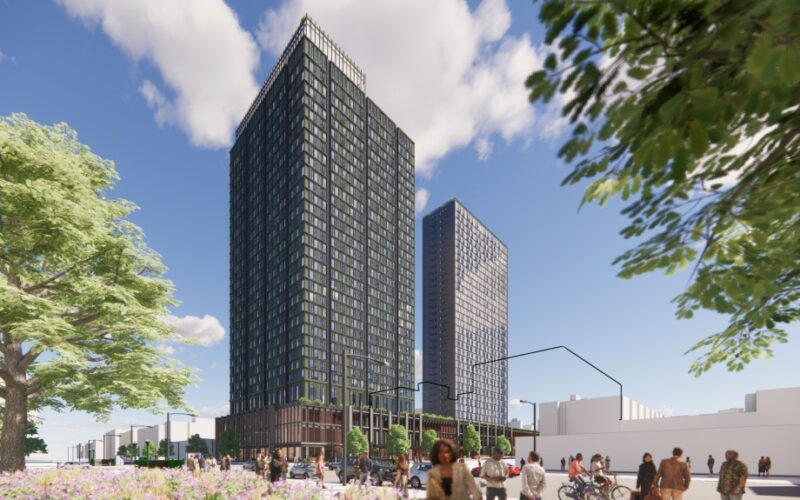In a welcome development (an intentional pun), all four of the housing proposals set forth by the mayor’s Charter Revision Commission are independently worthwhile and New Yorkers in November should turn over their ballots and cast four yes votes.
The housing initiatives acknowledge what pro-development observers have long known: while everyone wants community input and a robust process to decide weighty questions of large-scale construction and shifting neighborhoods, the minefield through which proposed developments have to pass is one of the greatest obstacles to a livable city with affordable housing.
The first two questions would streamline approvals for housing developments, while the third would establish an Affordable Housing Appeals Board that could override a recalcitrant City Council. The last one creates a single, digital official city map, instead of the paper-only cartographic system of 8,000 maps, the administration of which is now spread among the five borough presidents.
No. 3, the new appeals board, has drawn fire from councilmembers who point out that this would act as a curb on their power. Perhaps in a vacuum, it wouldn’t make much sense to layer on an additional process that would shift some authority away from our legislative chamber, though the members of this board would still be appointed by elected officials. In practice, though, the Council has demonstrated over and over that it might fold to inhibiting NIMBY impulses and continue to uphold the nonsensical rule of individual members’ local veto, what they call “member deference” and we call destructive.
Examples abound, but let’s take just one. The Council this month finally approved the One45 mixed-use project for what is currently a dirty truck depot in Harlem at 145th St. and Lenox Ave. after the idea floundered for almost an entire decade. It’s a good thing developer Bruce Teitelbaum even had the desire to duke it out with the Council for as long as he did and we’re not stuck with an empty lot where 1,000 units of housing — including affordable and senior housing — are now slated to go up.
It’s quite likely that this project, which has changed relatively little in recent years, would have been well on the way if not completed by now had it not faced acute opposition from former local Councilmember Kristin Richardson Jordan, who eventually pushed not just for affordability, but 100% affordable units for a building that would require significant capital investment upfront. In this instance, her successor Yusef Salaam embraced the project, but who knows what would’ve happened had the new member also been opposed.
The city’s historic and continuing dearth of affordable housing — and housing of all kinds — might not be as direct and tangible of a threat as, say, a tidal wave barreling down, yet it is no less existential to the city’s long-term future and prosperity. Perhaps even more-so; you can evacuate and rebuild after a natural disaster, but the housing emergency is like a boa constrictor wrapped around the city, slowly strangling it over time in ways that get harder and harder to fix.
Emergency times call for emergency measures, and we hope that the voters will realize that as they cast their ballots in November. We can certainly commend the Council, after much back-and-forth, for approving the zoning and regulatory changes in the City of Yes framework, as well as committing funds to housing. But they knew then and should know now that a single fix is not enough; we need to keep moving forward with solutions to incentivize and facilitate the construction of more housing, and fast.








